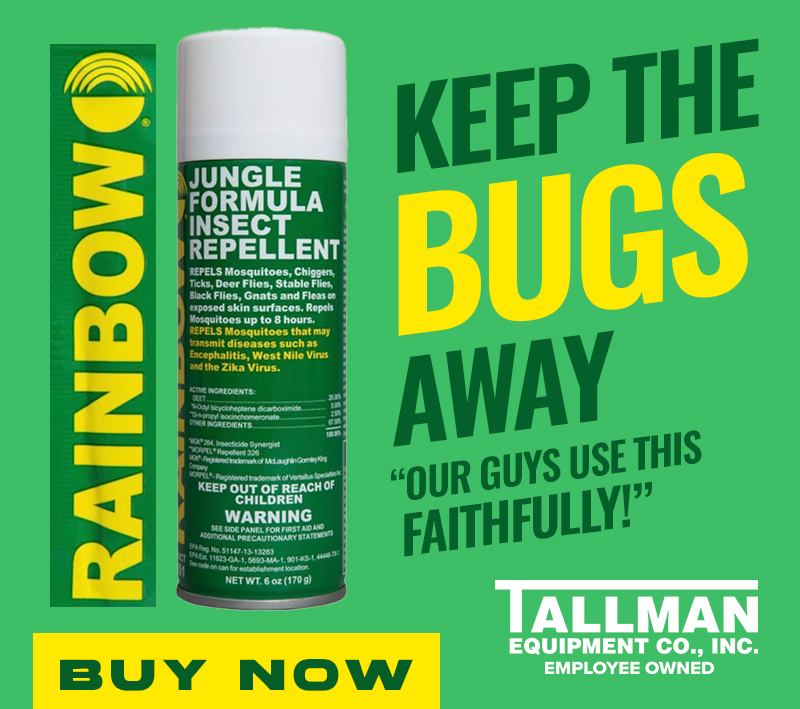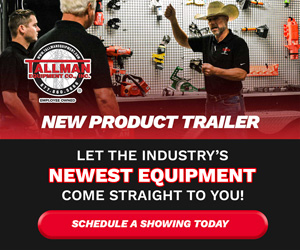Storms are just one factor that can cause downed power lines. But what do you do once you find one?
Firstly, you should always assume it’s live. Just because you don’t see sparks, or hear any noise coming from it, doesn’t mean it’s not active.
National Grid has a few safety measures you can take:
- Keep a distance of at least 30 feet and call 9-1-1 to report it.
- Downed trees could have wires caught in them and wood can conduct electricity when wet
- Avoid coming in contact with branches or trees if they have fallen
- If you are unsure if a wire caught in a tree is an electric wire, contact National Grid at 1-800-867-5222.
- Water is a natural conductor of electricity and a downed line in a puddle or flooded area can electrify it, creating a deadly hazard
- Even non-conducting materials like cloth or wood can conduct electricity when wet.
- Never touch a person in contact with a downed wire because human bodies can conduct electricity
But maybe you’re not walking, but instead driving, then what?
Rule number one is you should never drive over downed wires. Take your time if you’re in an area that has damage.
What to do if you’re driving around downed wires, according to National Grid:
- Slow down, scan the road and stay away from any debris that may be caught in a downed wire.
- If your vehicle comes in contact with a downed wire, stay inside and call 9-1-1
Continue reading at LocalSyr.com
For more on safety in the utility industry, check out Five Core Capacities for Sustainable Safety Excellence, Are You Making These 5 Heat Related Illness Mistakes?, and Using FR and AR Clothing to Mitigate Cold Stress.







0 Comments